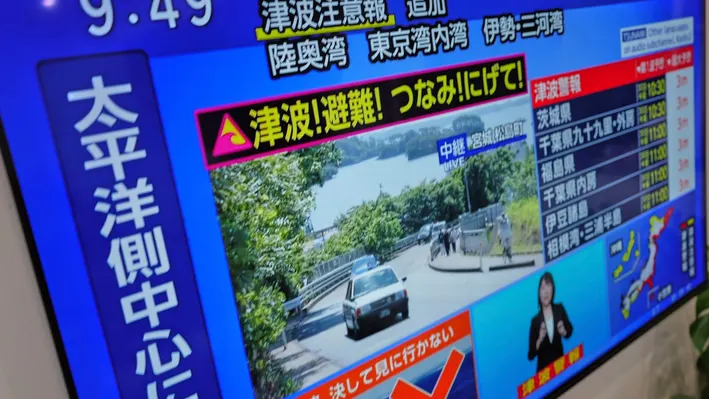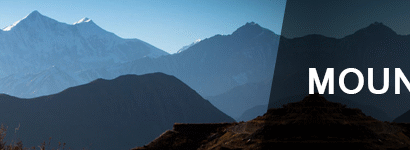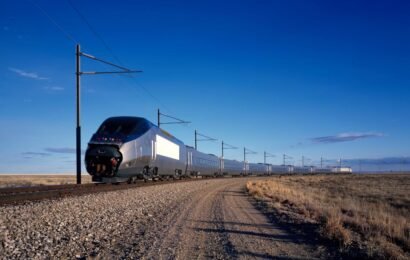
A powerful 8.8-magnitude earthquake struck Russia’s Far Eastern Kamchatka Peninsula early Wednesday, triggering widespread tsunami warnings across the Pacific. The tremor, one of the strongest recorded globally in recent years, prompted emergency alerts in Japan, Hawaii, Alaska, and parts of the U.S. West Coast, as authorities scrambled to prepare for potentially destructive waves.
The quake occurred at a depth of approximately 20 kilometers and was centered about 119 kilometers east-southeast of Petropavlovsk-Kamchatsky, a city of around 180,000 residents. The U.S. Geological Survey initially measured the quake at 8.0 magnitude but later revised it to 8.8, underscoring its severity. The Kamchatka region, part of the Pacific Ring of Fire, is known for its seismic activity, but this event was described by local officials as the strongest in decades.
In Russia, the impact was immediate. Residents of Petropavlovsk-Kamchatsky fled buildings in panic, with reports of toppled furniture, broken mirrors, and swaying vehicles. Power outages and mobile service disruptions were widespread. On the Kuril Islands, a tsunami wave struck Severo-Kurilsk, flooding parts of the port and damaging a fish processing plant. Emergency services evacuated the population, and although injuries were reported—including one person who jumped from a window—no fatalities were confirmed.
Japan responded swiftly, issuing tsunami warnings for its entire eastern seaboard. The Japan Meteorological Agency reported waves of up to 40 centimeters reaching Hokkaido, with officials cautioning that larger waves could follow. Evacuation advisories were issued for over 900,000 residents across 133 municipalities. Public broadcaster NHK showed scenes of people seeking shelter on rooftops and fishing boats leaving harbors to avoid damage. Train services and ferry operations were suspended in affected areas, and workers at the Fukushima nuclear plant were evacuated as a precaution, though no irregularities were reported.
In Hawaii, sirens blared across Honolulu as the Pacific Tsunami Warning Center predicted waves between 1 to 3 meters. Residents in low-lying areas were urged to move to higher ground or seek shelter in tall buildings. Hawaii Governor Josh Green signed an emergency proclamation, emphasizing the urgency of the situation. The first waves were expected to arrive around 7 p.m. local time.
The U.S. National Tsunami Warning Center extended advisories to parts of Alaska, California, Oregon, and Washington. Coastal communities were warned of hazardous conditions, including strong currents and unpredictable surges. Mexico’s Navy also issued alerts for its Pacific coast, anticipating waves between 30 to 100 centimeters.
New Zealand’s emergency management agency advised citizens to stay away from beaches and shorelines due to the risk of unusual currents and surges. Although the country is thousands of miles from the epicenter, its location within the Pacific basin places it within the potential impact zone.
This earthquake is the most powerful since the 2011 Japan quake, which measured 9.0 and caused a devastating tsunami and nuclear disaster. While Wednesday’s event did not reach that level of destruction, its widespread impact and the rapid international response highlight the persistent threat posed by seismic activity in the Pacific Rim















